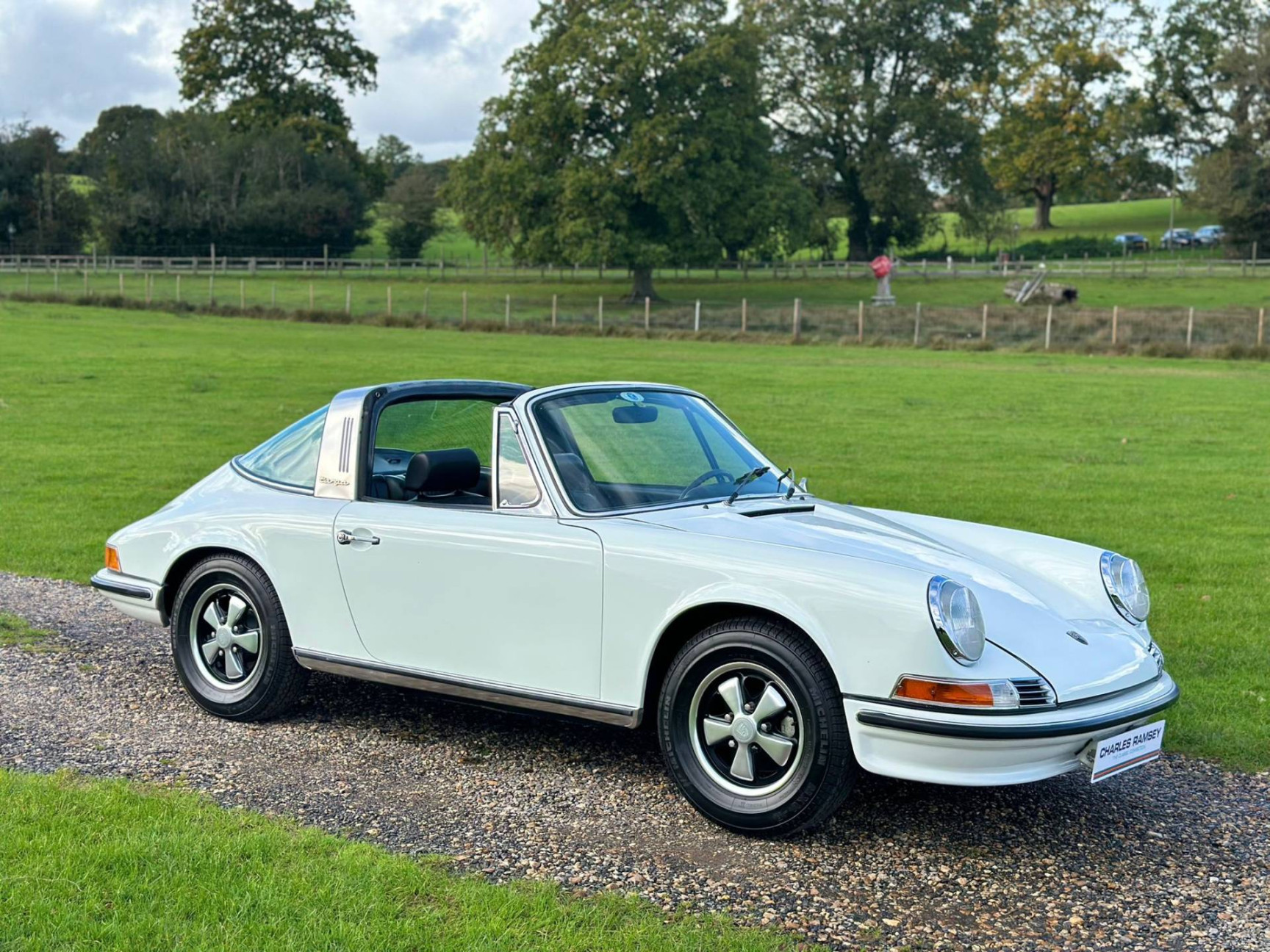The Porsche 911, introduced in 1963, has become a legendary symbol of automotive excellence. Its distinctive design, powerful performance, and enduring popularity have solidified its place in automotive history. This article will explore the various elements that contribute to the iconic appeal of the 1969 Porsche 911, focusing on its lighting, color, furniture, material, accessories, layout, and view.
Lighting
The 1969 Porsche 911 features a classic lighting design that complements its overall aesthetic. The round headlights, a signature element of the 911 series, provide a distinctive and timeless look. The taillights, also circular in shape, contribute to the car’s cohesive design. The use of halogen bulbs ensures adequate visibility while maintaining the car’s classic appeal.

Color
The Porsche 911 was available in a variety of colors, allowing owners to personalize their vehicles. Popular choices included classic hues like Signal Red, Irish Green, and Bahama Yellow. These colors not only enhanced the car’s visual appeal but also reflected the spirit of the era.
Furniture
The interior of the 1969 Porsche 911 is characterized by its simple yet functional design. The seats, typically upholstered in vinyl or leather, offer a comfortable and supportive driving experience. The dashboard layout is clean and uncluttered, with essential gauges and controls positioned within easy reach. The overall interior design exudes a sense of quality and craftsmanship.
Material
The Porsche 911 is constructed using high-quality materials that contribute to its durability and longevity. The body is made of steel, providing a strong and rigid structure. The interior features a combination of vinyl, leather, and metal accents, creating a sophisticated and luxurious ambiance.
Accessories
The 1969 Porsche 911 offered a range of accessories to enhance its functionality and appeal. Options included a sunroof, a rear window defroster, and a Becker radio. These accessories provided additional comfort and convenience for the driver and passengers.
Layout
The Porsche 911’s rear-engine layout is a defining characteristic of the model. This configuration provides excellent traction and handling, making the car a joy to drive. The engine is located behind the rear axle, which contributes to the car’s distinctive sound and driving dynamics.
View
The Porsche 911’s low-slung profile and large windows offer a commanding view of the road. The driver’s seat is positioned in a way that provides a clear and unobstructed view of the surroundings. This enhances the driving experience and contributes to the car’s overall sense of confidence.
Conclusion
The 1969 Porsche 911 is a timeless automotive icon that continues to captivate enthusiasts around the world. Its distinctive design, powerful performance, and enduring quality have made it a sought-after collectible. The elements discussed in this article, including lighting, color, furniture, material, accessories, layout, and view, all contribute to the car’s iconic status.
Frequently Asked Questions
1. What is the significance of the 911 designation in the Porsche model lineup? The 911 designation refers to the internal Porsche project number for the car, which was originally intended to be a temporary name. However, it became so popular that it was officially adopted as the model name.
2. How does the 1969 Porsche 911 compare to other sports cars of the era? The 1969 Porsche 911 was renowned for its balance of performance and handling. It offered a more refined and comfortable driving experience compared to some of its competitors, making it a popular choice for both enthusiasts and daily drivers.
3. What are some of the iconic color combinations associated with the Porsche 911? Some of the most iconic color combinations for the Porsche 911 include Signal Red with black interior, Irish Green with a tan interior, and Bahama Yellow with a black interior. These combinations have become synonymous with the car’s timeless appeal.
4. What is the significance of the rear-engine layout in the Porsche 911? The rear-engine layout is a defining characteristic of the Porsche 911 and contributes to its unique driving dynamics. It provides excellent traction and handling, making the car a joy to drive.
5. How has the Porsche 911 evolved over the years? While the basic design and rear-engine layout of the Porsche 911 have remained consistent, the car has undergone significant changes over the years. These changes include improvements in performance, technology, and safety features.